Flashlights for security personnel are essential tools that significantly enhance operational effectiveness during operations in low-light conditions. The best flashlights must be robust and reliable, providing a powerful beam to penetrate darkness effectively, which is critical for routine patrols, incident response, and emergency situations, especially when dealing with power outages. These flashlights should have adjustable brightness settings to maintain tactical awareness without compromising night vision or alerting threats. When choosing a flashlight, considerations include lumens output for brightness, battery longevity, durability against impacts and water, and beam distance for coverage in various environments. Tactical flashlights are specifically designed with features like focused beams for long-range visibility, strobe functions to disorient threats, and silent signaling capabilities. They are built from high-grade materials to endure the demands of fieldwork. Security teams must select flashlights based on their operational needs, prioritizing functionality and reliability over traditional models that may not meet the stringent requirements of security work under challenging conditions. Investing in quality flashlights ensures visibility, supports situational awareness, and enhances the safety of security personnel, ultimately improving mission outcomes.
When darkness falls and safety is paramount, flashlights for security personnel become indispensable tools. This article delves into the critical role these illumination devices play in securing darkened areas, highlighting their importance in various security operations. From lumens to battery life, we explore key features that distinguish a standard flashlight from one designed for the rigors of professional security use. Understanding the optimal light quality for enhanced visibility and the necessity for durability and impact resistance are pivotal in selecting the right equipment. We also compare tactical versus traditional flashlights to guide your choice for an effective security team. With best practices in hand, security personnel can harness the power of these essential tools to navigate their duties with confidence.
- Understanding the Role of Flashlights in Security Operations
- Key Features to Look for in Flashlights for Security Use
- The Importance of Lumens and Light Quality in Flashlights for Enhanced Visibility
- Durability and Impact Resistance: Essential Considerations for Security Duty Flashlights
- Battery Life and Power Efficiency: Critical Factors for Uninterrupted Security Patrols
- Tactical vs. Traditional Flashlights: Choosing the Right Tool for Your Security Team
- Best Practices for Utilizing Flashlights in Various Security Scenarios
Understanding the Role of Flashlights in Security Operations
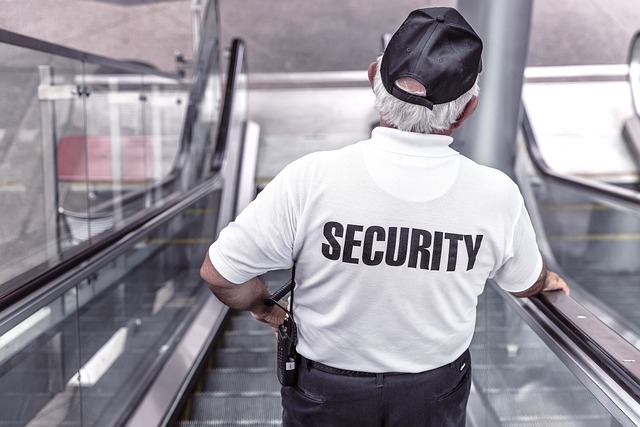
Flashlights for security personnel serve as indispensable tools in a variety of security operations, particularly when navigating darkened areas or conducting surveillance. Their role extends beyond mere illumination; they are instrumental in ensuring the safety and effectiveness of security forces in low-light conditions. The right flashlight can enhance visibility during routine patrols, critical incident response, or during emergency situations where power outages may leave facilities unlit. It is imperative that these lighting devices are robust, reliable, and capable of providing a high-quality beam to penetate the darkness effectively. They must be resilient enough to withstand the rigors of constant use, exposure to elements, and potentially hazardous environments. Additionally, the ability to adjust brightness levels in flashlights for security personnel allows for tactical situational awareness without compromising their night vision or risking alerting suspicious individuals. The selection of a suitable flashlight involves considering factors such as lumens output, battery life, durability, and beam distance, all of which are critical in the context of security operations to ensure that security personnel can perform their duties safely and efficiently, even under cover of darkness.
Key Features to Look for in Flashlights for Security Use
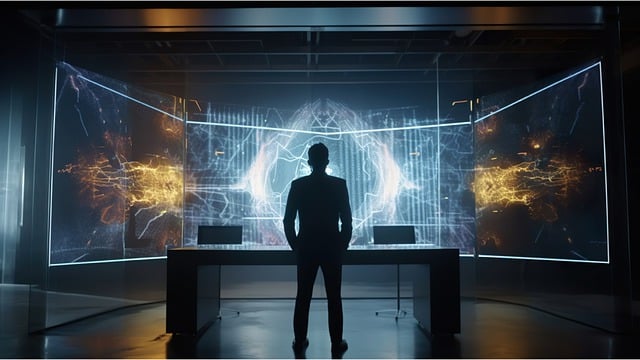
The Importance of Lumens and Light Quality in Flashlights for Enhanced Visibility
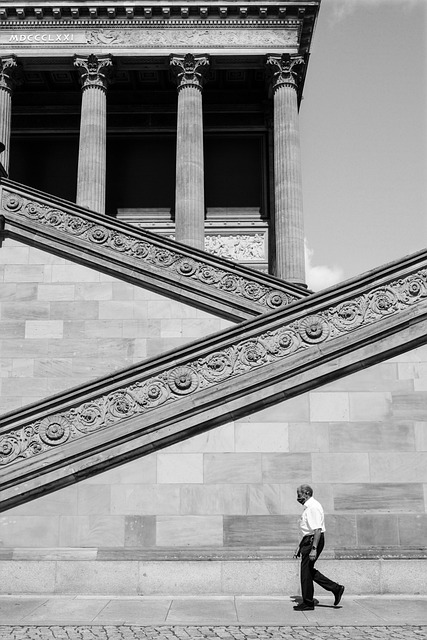
Durability and Impact Resistance: Essential Considerations for Security Duty Flashlights
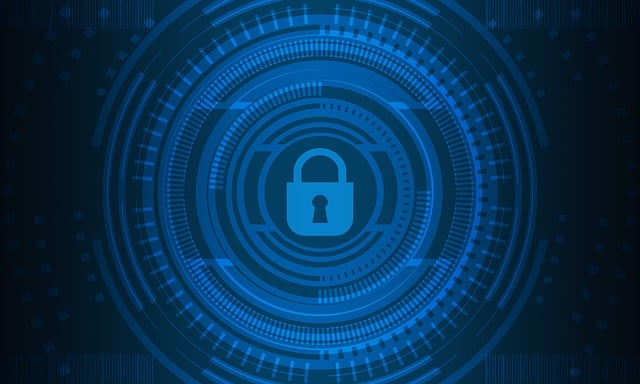
Battery Life and Power Efficiency: Critical Factors for Uninterrupted Security Patrols
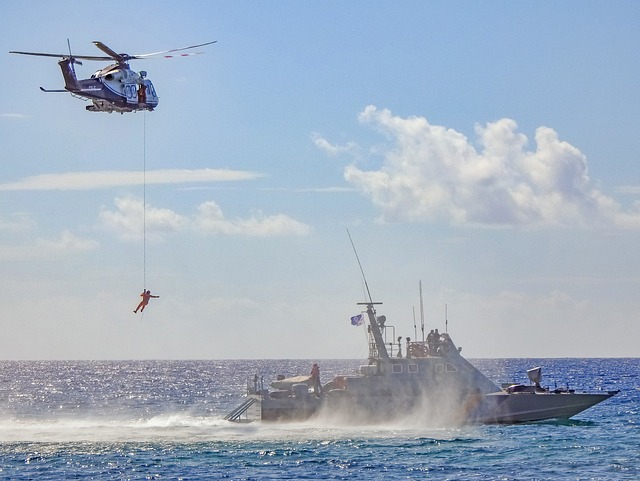
Tactical vs. Traditional Flashlights: Choosing the Right Tool for Your Security Team
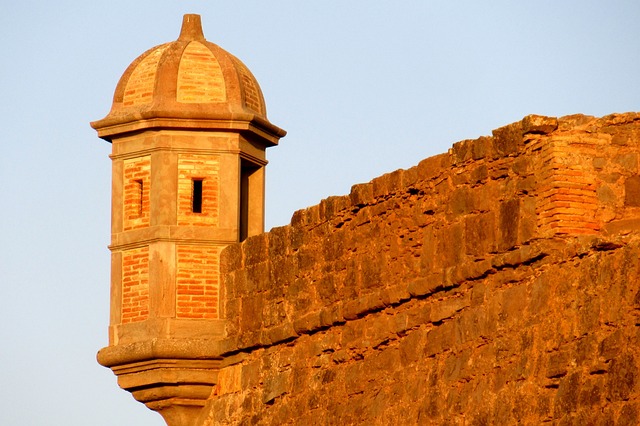
When equipping security personnel with flashlights for securing darkened areas, it’s crucial to consider the specific needs and conditions they may face. Tactical flashlights are designed with law enforcement and military applications in mind, offering features that prioritize functionality and durability over the consumer-focused aspects of traditional flashlights. These tools feature a focused beam for long-range illumination, which is ideal for conducting searches or ensuring visibility during night operations. They often come with a strobe function to disorient potential adversaries or signals to communicate silently. Additionally, tactical models are typically constructed from robust materials like aircraft-grade aluminum, and they include features such as impact resistance and waterproofing to endure the rigors of fieldwork.
On the other hand, traditional flashlights, while often more affordable and available in a variety of form factors, may not meet the demands of security personnel operating under challenging conditions. They tend to have broader beams suitable for general tasks or areas with less distance between the user and the illuminated space. While they can still serve as effective tools for routine checks or maintenance work, their lack of advanced features like variable brightness settings or specialized modes like SOS signals makes them less versatile in critical situations compared to tactical flashlights for security personnel. When choosing the right tool, it’s essential to assess the specific operational context, including the environment, the nature of the tasks at hand, and the potential scenarios the security team might encounter. Selecting between a tactical or traditional flashlight should be guided by the balance of functionality, reliability, and ease of use required for effective performance in securing darkened areas.
Best Practices for Utilizing Flashlights in Various Security Scenarios

In conclusion, a reliable flashlight is an indispensable tool for security personnel operating in darkened environments. Understanding the critical role these devices play in enhancing visibility and ensuring safety is paramount. When selecting flashlights for security use, one must prioritize features such as high lumen output, superior light quality, durability, impact resistance, and optimal battery life to guarantee sustained performance during extended patrols. The choice between tactical and traditional flashlights should be informed by the specific needs of the security scenario at hand. By adhering to best practices for utilizing these lights, security teams can effectively illuminate their surroundings, deter potential threats, and respond to incidents with heightened awareness. In essence, the right flashlight can significantly bolster a security team’s operational effectiveness, making it a strategic asset rather than just an accessory.
